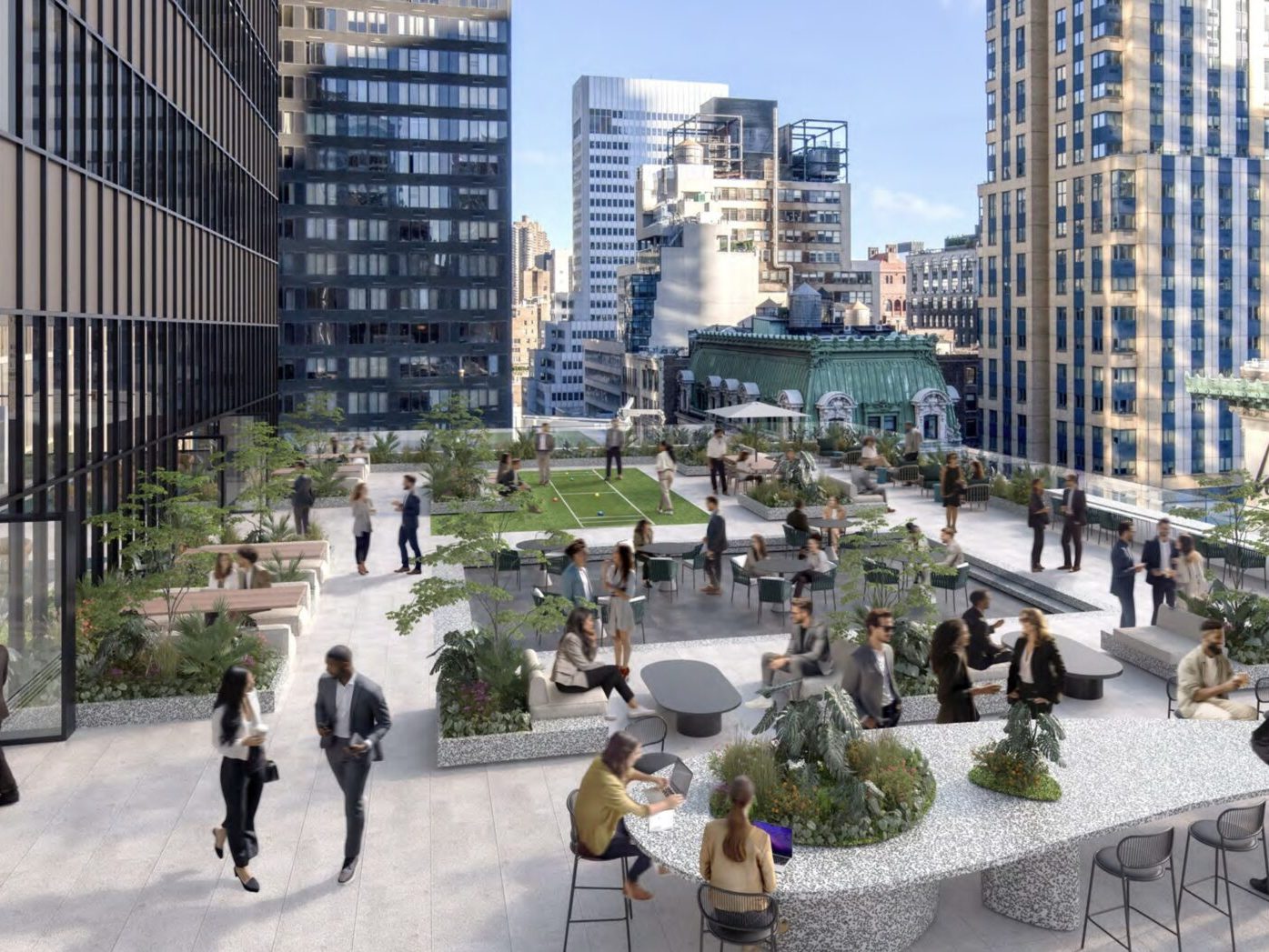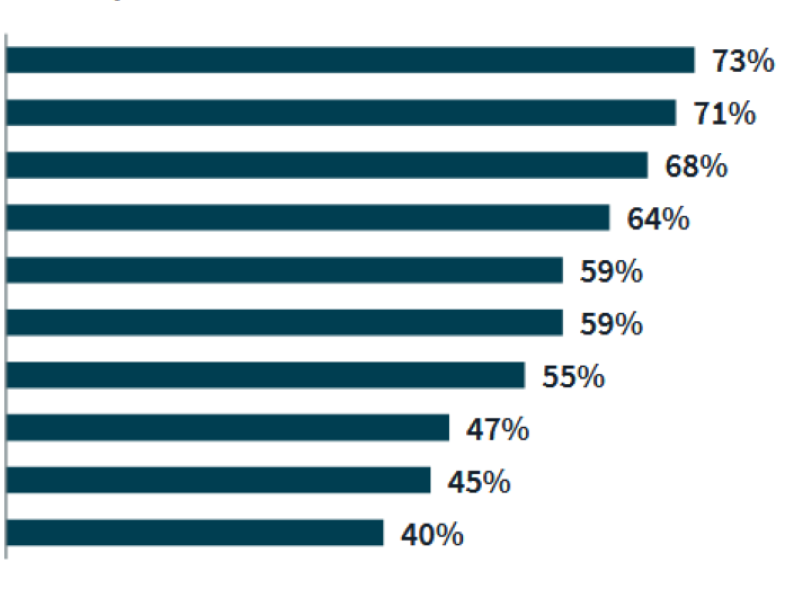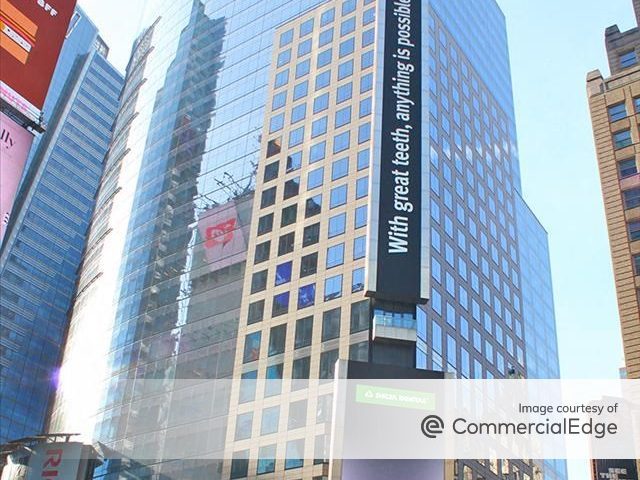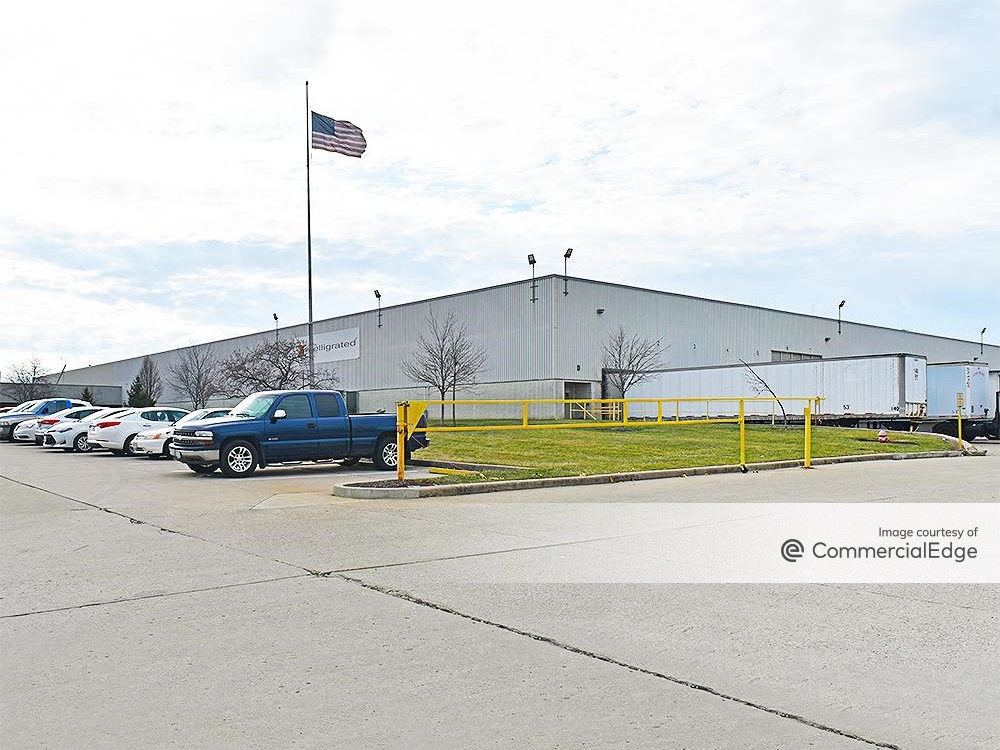US Office Market Continues to Slide: Colliers Report
Marking the third quarter in a row of increased vacancies, the slowdown in the demand for office space is not a surprise, Colliers International has announced based on its mid-year national office research report. Total negative absorption for the year now stands at about 5.1 million. In the second quarter, Class A vacancy rates have…
Marking the third quarter in a row of increased vacancies, the slowdown in the demand for office space is not a surprise, Colliers International has announced based on its mid-year national office research report. Total negative absorption for the year now stands at about 5.1 million. In the second quarter, Class A vacancy rates have grown half a percentage point to 12.69 percent, and both B and C class rates have risen to 13.71 percent. “If you just look at Manhattan – year-to-date the negative absorption is about 6 million,” Ross Moore (pictured), executive vice president and director of market and economic research at Colliers in Boston, told CPN. That said, “if you think of what’s going on in Wall Street – we actually have positive absorption (nationally).” His main point is, if you exclude New York, the office market is holding up quite well, considering what’s going on with jobs, financial services and housing. In addition to Manhattan, other markets surveyed that show pronounced weakness include suburbs of Los Angeles, Las Vegas, San Jose, and Orange County. Those showing less signs of weakness but still showing declines include suburban Atlanta, suburban Chicago, and suburban Orlando. “The suburbs are slowing more quickly,” said Moore. “It’s a ratio of two to one.” That’s where the construction is, unfortunately. In an absolutely perfect world, you wouldn’t have any new construction coming on when demand is effectively zero, Moore added, “ That’s the only thing that I am surprised about – that we’re not seeing a quicker drop-off in construction than we are, with what’s going on in the economy today…such as the difficulty in getting debt financing.” Almost 85 percent of new construction in the last quarter was in suburbia. But that isn’t always a problem. For example, both suburban Dallas and suburban Houston showed healthy office demand. And even suburban Boston and suburban Kansas City showed some growth in office demand.Class A downtown rents are now at an average of $49.40 (per square foot) and national average rent for suburban office space is at $27.72 per square foot. “Do we think that the office market will slow further? We do,” said Moore .






